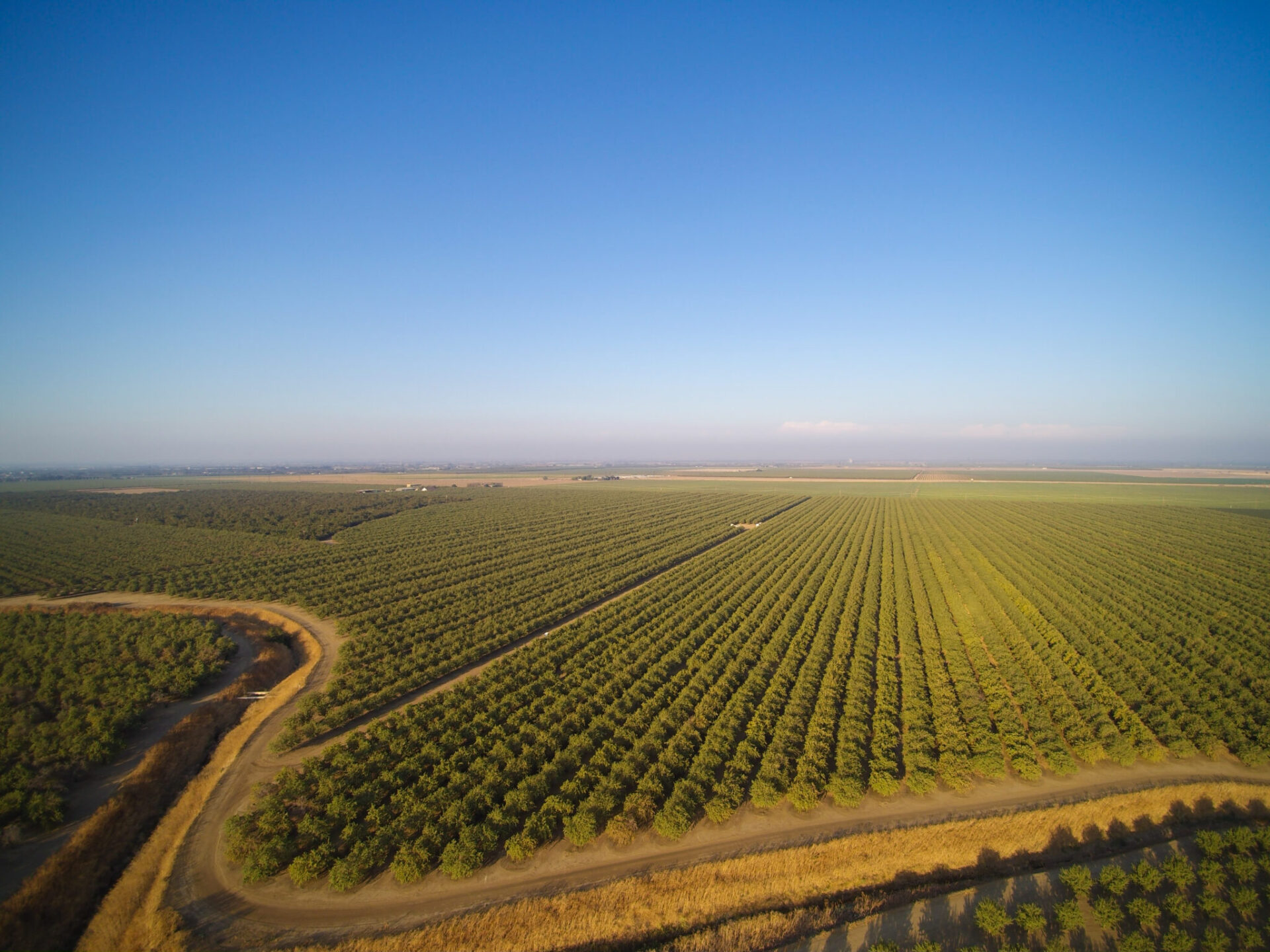
One of the immediate effects of the widespread smoke from wild land fires is the decrease in water demand compared to much hotter days with full sunlight.
Integral Ag crop advisor Justin Nay said the impact on almond trees was noticeable right away. Just prior to the fire outbreaks, hot temperatures were driving increased water demand. Nay said as soon as the sunlight was blocked by heavy smoke, he heard from growers that trees were using 25 percent less water. Water savings may be an upside, but Nay said it would come at a cost of reduced assimilation of carbohydrates, though that may not be directly measurable.
Nay said that nut maturity slowed, increasing the time on the tree and leading to more hull rot. Those infections can lead to dead spurs and possible lower production next year.
Anything that increases the time on the tree after hull split also increases chances for NOW damage and survival both on the ground and eggs on nuts. Growers can expect elevated populations going forward and may see more mummies. Increasing time on the ground or tree to dry increases the likelihood of a greater percentage of NOW in Nonpareil emerging back into the orchard and getting the pollinators. More time on the ground likely increases ant damage this year, Nay added.
He also said the ash falling on orchards is increasing Alternaria at some ranches that are over irrigating because trees using less water and getting dew and the ash particulates give the dew and disease a location to start as the water persists longer into the day.
UCCE farm advisors Katherine Jarvis-Shean, Luke Milliron and Rick Buchner provided information about known effects of ozone and other air pollutants caused by fires. After the 2018 fires they wrote that ozone (O3) enters tree leaves through the same stomata that let in carbon dioxide for photosynthesis and let out water. Ozone inside the leaf is toxic, splitting into oxygen and peroxide and interfering with enzyme processes.
Most of the research on impacts of smoke, however, is focused on human health or forest health, not agriculture production.
Almond Board of California emphasizes that there are far too many unknowns and speculations on the effects of the smoke on almond trees or other agricultural crops.
“In order to have any sound understanding of this, we would need to conduct proper research and experiments to validate any claims and determine correlations not caused by the smoke,” read a statement provided by the board. Almond Board is currently funding research on carbohydrates, specifically that could provide insight sometime next year, after this season’s data is analyzed.
















